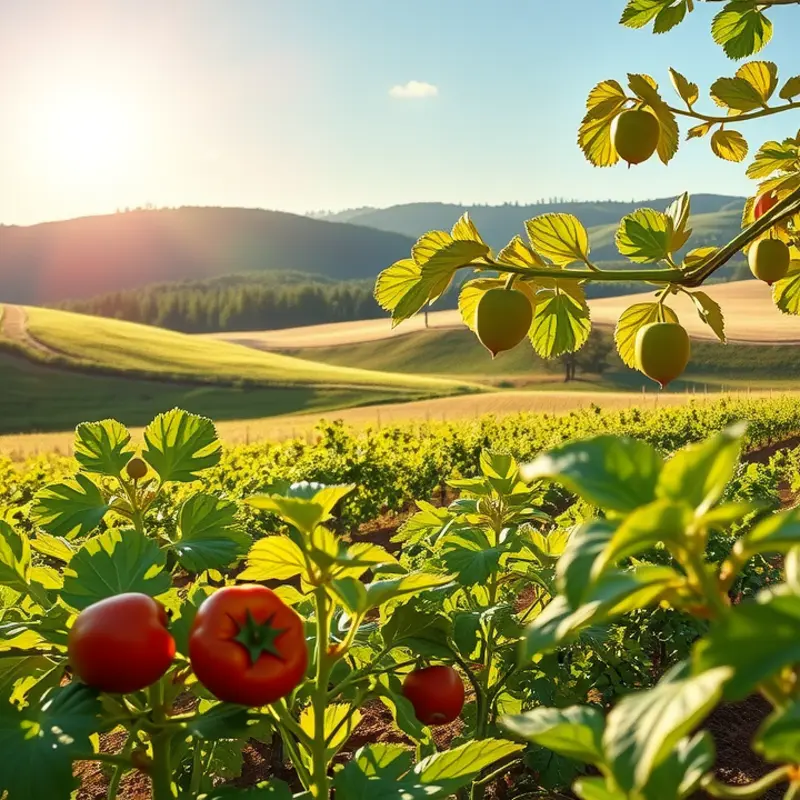Proper food storage is essential for maintaining freshness, safety, and flavor while minimizing waste. By choosing non-toxic storage methods and materials, you can ensure that the food you consume is safe and healthy. This approach not only protects your health but also offers practical solutions for efficient food management at home. Discover effective strategies to store your food safely and sustainably, so you can enjoy fresh ingredients without compromising your well-being.
Selecting Safe Storage Materials

Choosing the right materials for food storage can significantly minimize exposure to harmful chemicals, providing safer alternatives for your kitchen. Traditional plastics often contain harmful substances such as BPA (Bisphenol A) and phthalates, which can leach into food, particularly when heated or damaged. To avoid these risks, embracing non-toxic materials is a prudent strategy.
Glass is one of the safest options. It is non-porous and does not absorb food odors or stains. Glass containers are durable, reusable, and can withstand the high temperatures of dishwashers and microwaves, making them convenient for multiple uses. Although heavier and prone to breaking, their benefits in safety and sustainability often outweigh these drawbacks.
For a non-breakable option, consider stainless steel. Highly durable and resistant to corrosion, stainless steel does not leach chemicals into food. It’s ideal for pantry storage and lunch boxes, although not microwave-safe. Its lasting nature makes it a great investment for long-term use.
Silicone is another versatile choice. Food-grade silicone is free from harmful chemicals and retains its properties without degrading over time. It is flexible, allowing for compact storage, and can endure low and high temperatures. Despite its benefits, ensure that the silicone products you use are of high quality to avoid fillers that could compromise safety.
Beeswax wraps represent an innovative alternative to plastic wraps. With their ability to mold around food containers and produce, they provide breathability, extending food freshness. They biodegrade over time, contributing less to environmental waste, though they require regular maintenance to prolong their use.
For those opting for a more natural choice, cloth bags made from organic cotton provide an eco-friendly option for dry goods and produce. They are breathable, easy to wash, and lessen reliance on disposable plastic bags. Pairing them with beeswax wraps can enhance their usability for storing moist produce.
For more tips on creating an eco-smart kitchen with safe storage options, explore eco-smart kitchen storage.
Selecting safe materials for food storage not only reduces the risk of chemical exposure but also aligns with sustainable living practices, offering both health benefits and environmental rewards. By making informed choices, we contribute to waste reduction and overall well-being, moving towards a greener, cleaner kitchen.
Effective Food Organization Techniques

An organized kitchen not only looks appealing but aids in reducing waste and preserving food freshness. Begin by establishing a clear system for labeling items. Using color-coded labels can be a simple and effective way to distinguish between various categories such as dairy, produce, and grains. Label each container with the item name and the date it was stored or its expiration date. This practice minimizes the chances of discarding food that is still edible due to confusion about its freshness.
Arranging food in your refrigerator and pantry is crucial for maintaining order and accessibility. Consider placing older items at the front to ensure they are consumed first, a method often referred to as the ‘first in, first out’ approach. Use transparent containers so you can quickly glance and know what’s inside, making it easier to plan meals and avoid buying duplicates.
Segregating food types plays an essential role in preventing cross-contamination and preserving shelf life. Store raw meats on the lowest refrigerator shelves to prevent their juices from dripping onto other foods. Keep fruits and vegetables in designated crisper drawers, which maintain optimal humidity levels for these items. Ensure pantry items like flour, sugar, and grains are kept in airtight containers to ward off pests and extend freshness.
For freezer storage, optimizing space while preventing freezer burn is key. Freeze food in portion sizes that are suitable for your household to avoid thawing more than needed. Use shallow containers or bags that allow for quicker freezing and thawing, preserving quality. To facilitate easy retrieval, group similar items, like vegetables or meats, in designated sections.
Periodically auditing your food storage helps eliminate expired products and refines your shopping habits, curbing future excesses. Conduct a monthly inventory of your pantry and fridge to check for duplicates or items nearing expiration. Through strategic inventory management, you can enhance meal planning efficiency and address redundancy in your shopping practices. Practical ingredient batching offers further tips on managing kitchen supplies effectively.
As your knowledge of food organization techniques increases, you will see a reduction in waste and improvement of food longevity. By implementing these strategies, you cultivate a kitchen environment that supports sustainability and minimizes waste, aligning perfectly with eco-friendly living principles.
Final words
Incorporating non-toxic food storage practices into your home kitchen not only safeguards your health but also enhances food freshness and reduces waste. By selecting safe materials and organizing your food effectively, you create an efficient food management system that benefits both you and the environment. These practical strategies empower you to make more conscious choices about how you store food. Start today by evaluating your current storage methods and exploring safer alternatives. A proactive approach to food storage contributes to a healthier lifestyle and a more sustainable planet.







